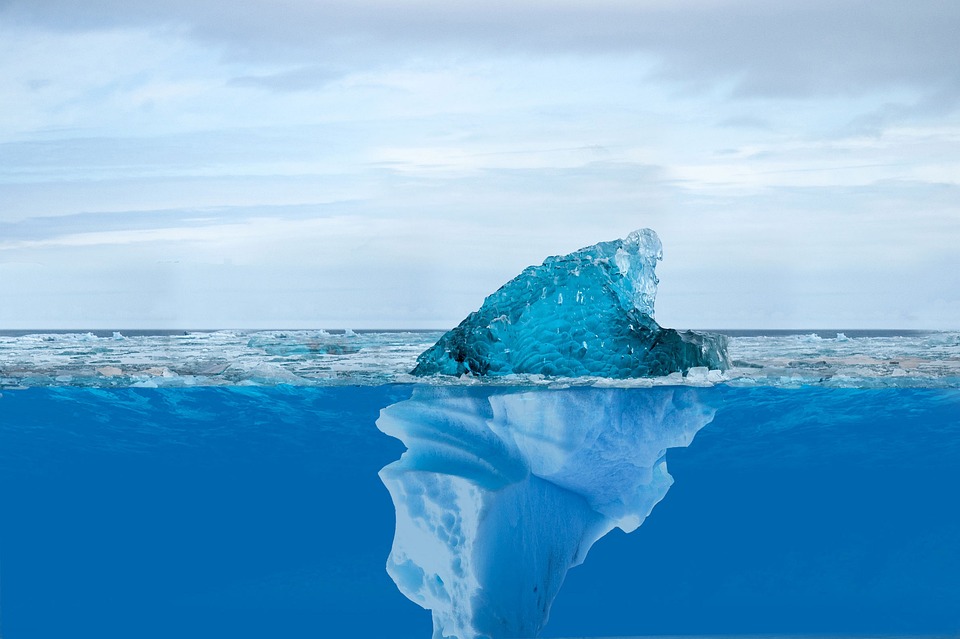What Is Haiti’s Climate?
Haiti, located in the Caribbean, occupies the western third of the island of Hispaniola, sharing it with the Dominican Republic. The country enjoys a tropical climate characterized by warm temperatures and seasonal variations that significantly impact agriculture, infrastructure, and its vulnerability to natural disasters.
Overview of Haiti’s Tropical Climate
Geographic Location:
Haiti’s geographic position in the Caribbean influences its climate, making it predominantly tropical. The country’s varied topography, including mountains and valleys, contributes to local climate differences.
Tropical Climate Characteristics:
Haiti’s tropical climate is marked by minimal temperature variation throughout the year. The proximity to the Caribbean Sea moderates temperatures, while elevation plays a role in creating cooler conditions in mountainous areas.
Temperature Range:
– Coastal areas typically experience average temperatures ranging from 70°F to 95°F (21°C to 35°C).
– Higher elevations, such as the Massif du Nord, enjoy cooler temperatures year-round, averaging around 60°F (16°C) at higher altitudes[1][6].
Haiti’s Two Main Seasons
Dry Season (November to April)
– Characteristics: The dry season features low rainfall and warm, sunny weather, making it ideal for tourism. Average rainfall is minimal, particularly in southern and western regions.
– Impact on Agriculture: This season is crucial for crop harvesting as favorable weather conditions support agricultural activities.
Wet Season (May to October)
– Heavy Rainfall: The wet season accounts for most of Haiti’s annual rainfall, especially from June to October. This period poses significant risks from storms and hurricanes.
– Hurricane Season: Positioned within the Caribbean hurricane belt, Haiti is susceptible to tropical storms and hurricanes during summer and early fall. These storms can lead to severe flooding and damage, particularly in deforested areas[1][4][6].
Regional Climate Variations in Haiti
– Coastal Areas: Warm and humid year-round with higher temperatures during summer months.
– Mountainous Regions: Cooler temperatures due to elevation; areas like the Massif du Nord are notably more temperate.
– Northern Haiti: Generally receives more rainfall than southern parts.
– Southern and Western Haiti: Drier regions, particularly near Gonâve Island and Les Cayes[2][3][5].
Impact of Haiti’s Climate on Daily Life
– Agriculture: The tropical climate supports crops like sugarcane, coffee, and bananas; however, inconsistent rainfall and extreme weather can disrupt production.
– Infrastructure and Natural Disasters: Vulnerability to hurricanes can cause extensive damage to infrastructure. Erosion and deforestation exacerbate flooding and landslides during rainy months[1][6].
Effects of Climate Change on Haiti
– Rising Temperatures and Irregular Rainfall: Climate change has led to unpredictable weather patterns, including stronger storms and prolonged dry periods.
– Increased Vulnerability to Natural Disasters: Rising sea levels and changing storm patterns heighten Haiti’s susceptibility to disasters[3][4].
Best Time to Visit Haiti
Ideal Travel Season:
The best time to visit Haiti is during the dry season from November to April. During this period, visitors can expect warm weather with less risk of hurricanes or heavy rainfall. Daytime temperatures typically range from 70°F to 80°F (23°C to 32°C), making it ideal for outdoor activities[2][5].
FAQs
What is the climate like in Haiti?
Haiti has a tropical climate with warm temperatures year-round, a wet season from May to October, and a dry season from November to April.
When is hurricane season in Haiti?
Hurricane season occurs from June to November, peaking in late summer and early fall.
How does Haiti’s geography affect its climate?
Coastal areas are warm and humid while mountainous regions are cooler with more temperate conditions.
What is the best time to visit Haiti?
The best time to visit is during the dry season from November to April when there is less rainfall and milder temperatures.
Conclusion
Understanding Haiti’s tropical climate—its seasonal variations and impacts on daily life—can aid in travel planning and natural disaster preparedness. The interplay between climate conditions and geographical features shapes both the environment and lifestyle in this vibrant Caribbean nation.

Kyle Whyte is a notable scholar and professor at the University of Michigan, holding positions such as the George Willis Pack Professor in the School for Environment and Sustainability and Professor of Philosophy. Specializing in environmental justice, his work critically examines climate policy and Indigenous peoples’ ethics, emphasizing the nexus between cooperative scientific endeavors and Indigenous justice. As an enrolled Citizen Potawatomi Nation member, he brings a vital perspective to his roles as a U.S. Science Envoy and member of the White House Environmental Justice Advisory Council. His influential research is supported by various prestigious organizations including the National Science Foundation, and disseminated through publications in high-impact journals. Kyle actively contributes to global Indigenous research methodologies and education, with affiliations to numerous institutes and societies dedicated to traditional knowledge and sustainability. Recognized for his academic and community engagement, Kyle has earned multiple awards and served in various visiting professorships. His efforts extend to leadership positions on boards and committees focused on environmental justice nationwide.
